March 11, 2016
The Power of Context: How Leaders Create Context and How Context Influences Behavior
A shocking situation
In a small California town, 1,000 gallons of unknown chemicals exploded and sent 3 firefighters and several workers to a hospital. The investigation after the incident discovered that text messages were sent to managers of the wastewater treatment facility where the chemicals had been stored. The text messages warned managers of upcoming inspections and added obscurely, “…we just have a few things to do.” Those “few things” referred to moving bio-hazards and illicit chemicals away from the plant prior to the inspection. At least 7 employees of the company, including the CEO and a vice president were arrested for 71 different crimes, including conspiracy to commit a crime, disposal of hazardous waste, recklessly handling hazardous waste, known failure to warn of serious concealed danger and causing impairment to an employee’s body.
It’s easy to forget that even egregious acts like these occur in context. What seems to be unethical, irrational, reckless and stupid from the outside can feel completely ethical, rational, and normal from inside the context. The news accounts give the impression that the wastewater company was run by greedy, corrupt, terrible people. Why did the CEO and Vice President do this? Why did their employees go along with it? Why didn’t anybody mitigate this dangerous situation? The answers arise within the context; a multi-layered context created by experience, people, systems, and the physical environment.
Layers of Context
The company was established to prevent the disposal of untreated non-toxic wastes into municipal sewer systems, the water supply, or the ocean. Though the work was dirty, anyone working for this company could feel proud of its mission. Workers exposed themselves to bacteria, viruses, and blood borne pathogens every day, in order to provide a service to the community, local business, and industry. It’s easy to imagine how a person would become desensitized to the risk of hazardous waste and chemicals.
So what happens then when an opportunity came along to treat a new kind of waste? A customer has porta-potties and the company has the resources to deal with them. The customer’s need is urgent, managers decide they can handle it, workers are glad to have extra work. They do it at night when nobody will be concerned, it’s relatively easy, nothing goes wrong, they make money, and everybody wins. The company doesn’t have a permit, but everybody sees that lack of paperwork as a victimless crime. Permits are just a formality, an unreasonable expectation on a small, struggling business. And as they do more and more, nobody stops to question the safety of it, they don’t see harm in what they’re doing.
Context Narrows Perception
From the point of view of someone inside the organization, the context creates a frame that helps us focus our attention. Frames help us act quickly in situations that we face every day. If treating waste is what we do, and we’re just treating more waste, we’re not thinking about other possibilities or other options. We’re not thinking about the implications of our actions. Add any kind of pressure – financial pressure, peer pressure, or pressure from customers – the frame narrows farther and we focus in even more. When there are several people involved, nobody expresses concern, and everyone else seems comfortable with what’s happening, a worker who begins to question the situation could quickly talk him or herself out of it.
Those with Power Must Create the Right Context
It’s easy to see how these layers of context can narrow our perception and distort our sense of what’s safe and what’s acceptable, what’s right and what’s wrong. The right context can enhance our sense of what’s safe and what’s ethical as well. Who is responsible for recognizing distortion? Who is responsible for setting it straight? In theory, every worker at the waste water treatment plant could have seen that what was happening was putting people in harm’s way. Is it reasonable to expect workers to see outside their context? Of course it is: once in a while. But whistleblowing is neither sustainable nor reliable as an organizational safety mechanism. The senior leaders of an organization must position themselves to see what is happening and provide the right frame to the rest of the organization. They have the most influence over the worker’s context, and the power to change it.


